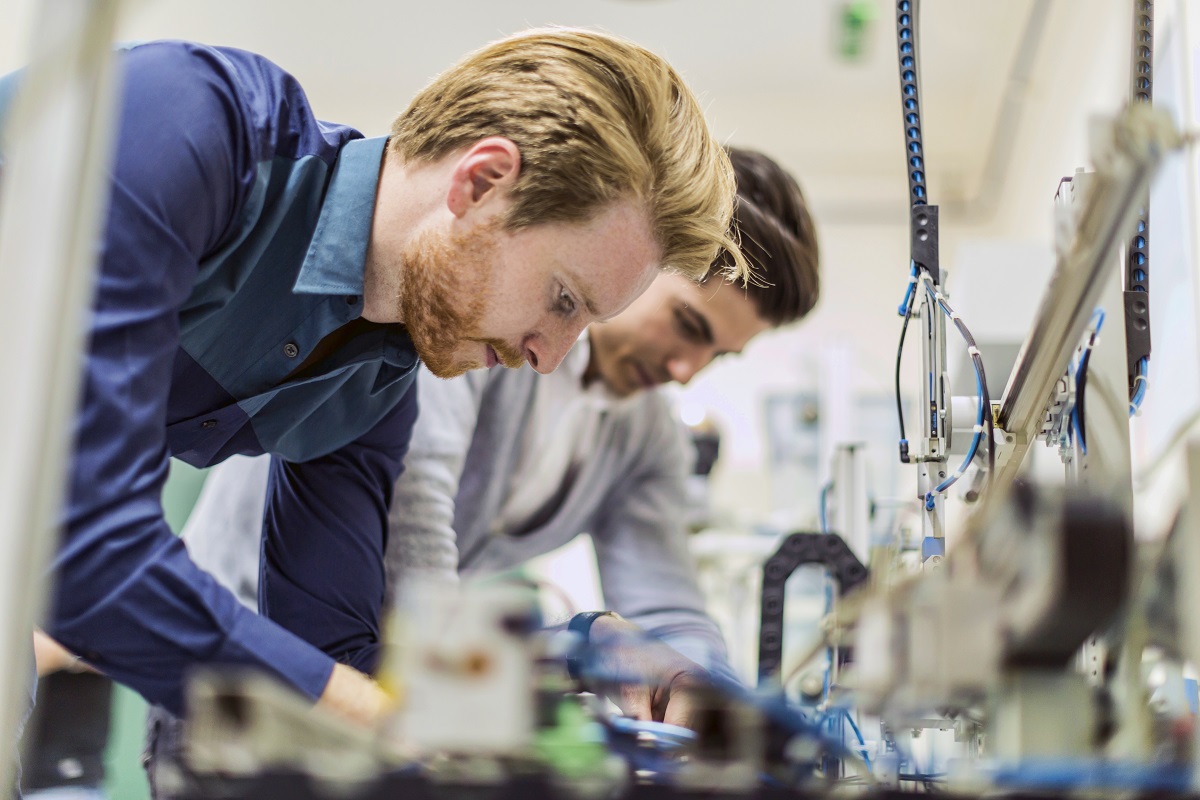As the COVID-19 pandemic stretches on, healthcare professionals recommend that we continue to observe social distancing in the next year. Consequently, the persistence of the pandemic could speed up developments in robotics. As of today, many industries have been starting to employ more robotics systems to carry out certain tasks.
Retail giants such as Amazon and Walmart, for example, have been assigning robots to carry out tasks such as cleaning, shipping, and packing. Educational institutions have been looking into the possibility of having artificial intelligence (AI) systems serve as tutors in classrooms. Top dogs in the foodservice industry, particularly fast food, have reportedly been testing robots to cook food.
To a certain extent, robots are efficient. They save companies some money, too, and they don’t need to be granted health care. Companies are adopting more and more automated systems for certain jobs. Robotics and automation companies such as JHFoster offer robots for companies to hire for different jobs. Online accounting programs such as QuickBooks offer accounting services for small businesses. Robots have even been mass-producing COVID-19 tests.
So where does that leave humans?
Where we stand
The good news is that robots don’t possess exclusively human abilities such as creativity and imagination. Well, this is good news for those whose jobs require those skills. But it’s bad news for those whose jobs don’t require those skills because their jobs are indeed being taken from them by automation.
In 2018, the World Economic Forum predicted that many manual and data-related jobs would decline in demand by 2022. These jobs include bookkeeping, data entry, administration, and customer service, among others. To summarize, robots are typically assigned to do the tasks that are “dirty, dull, and dangerous.”
But before you start wondering whether you’ll survive a robot apocalypse, know that there are still obstacles keeping robots from taking all of our jobs. And there are solutions, too.
Caveats of automation
Many things in robotics and AI still need further development and approval from certain institutions and industries. Even though schools have been looking into using AI, experts say that it may take a while for us to use AI in the classroom to a significant extent. There are hurdles keeping us from doing so. These include the lack of data sets to implant into algorithms and issues regarding data privacy. Perhaps the biggest obstacle is the lack of funding, especially given that many schools have been facing budget cuts in the wake of the pandemic.
There’s also suspicion surrounding the safety of humans around robots. Amazon was found to have shown a 50% increase in the number of injuries of their warehouse workers when robots were present. The retail company insisted that the reason for those numbers was that they reported even the minor incidents.
Solutions

The European Sting proposes two solutions for humans and robots to coexist in the workforce. The first is to train the workforce to be able to complement robot systems. That means that we need to make changes to the school curriculum. We need to emphasize the importance of reskilling the workforce.
The second solution is to design robots for the purpose of complementing human labor, not replacing it. It should not be about the development of the most powerful machines, but about designing machines that will best complement human skills.
If we do this right, this decade may see the developments of both humans and robots. Assuming the demand for automation continues at a more or less upward trajectory, so will the need to retrain the workforce. Reskilling workers—even those who work jobs that are unlikely to be stolen from them by robots—equips them with the capabilities to keep up with workplace needs. The training and education of humans must shift to adapt to the change in their roles and tasks in the workplace.
Robots can continue to do those tasks that are “dirty, dull, and dangerous” to protect humans and allow them the chance to develop new skills. What we should aim for is the coexistence of man and machine, not the displacement of the former by the latter.
The persistence of the COVID-19 pandemic has sped up developments and demand for automation machines and systems. More and more companies and industries are bringing in robots and AI to continue their operations while doing their best to minimize the spread of the virus. But with the robot “invasion,” humans who work manual and data-driven jobs find that their livelihoods are at risk. Indeed, many have already had their jobs taken away from them.
The goal we should work for and be geared toward is the coexistence of humans and robots in the workplace. As more and more industries make use of automation, humans should be reskilled to remain qualified for their changing roles in the workplace.
